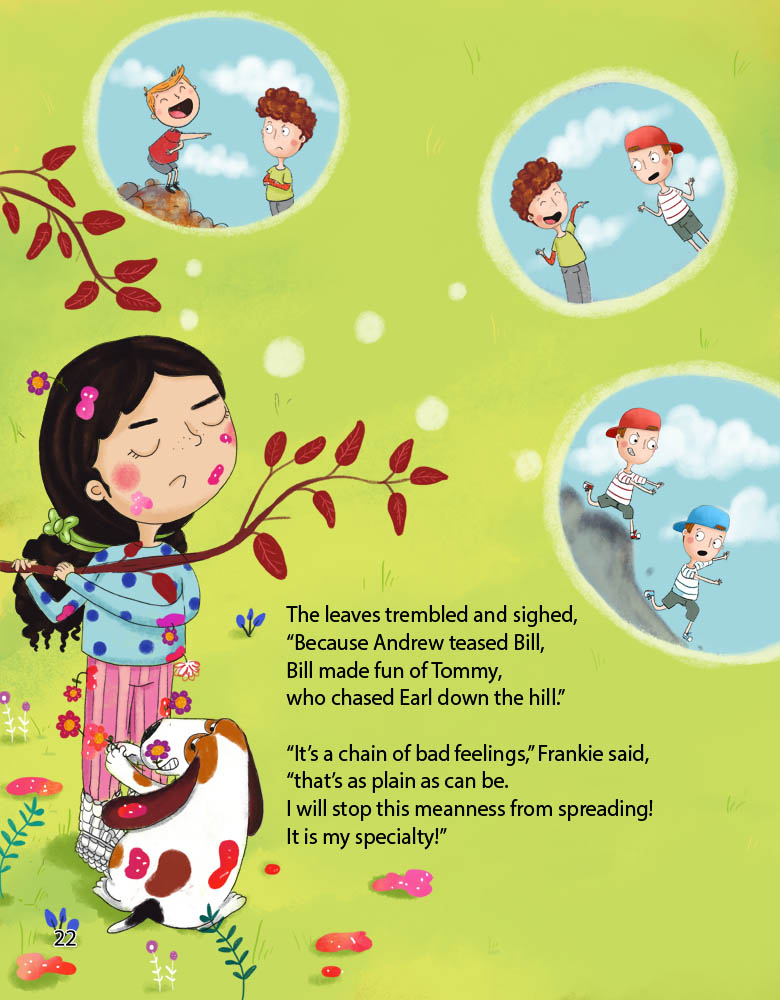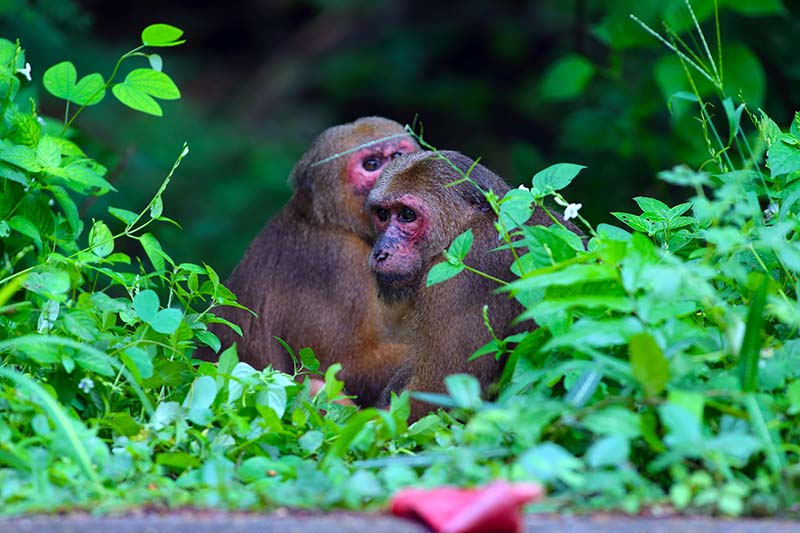It’s bird award season in the southern hemisphere–that special time in late spring when birdwatchers around the world cast their votes online for the annual “it” bird of New Zealand. On November 11, this year’s favored flapper, the endangered yellow-eyed penguin, toddled past its top rival, the charismatic kākāpō, to be crowned 2019 Bird of the Year by New Zealand’s leading independent conservation organization Forest & Bird.
The yellow-eyed penguin, also known as the hoiho, which is Maori for noise shouter, is the world’s oldest and rarest penguin species—only 225 pairs of the seabird remain on New Zealand’s mainland. With its distinctive yellow peepers, pink feet, and slate-blue back and flippers, the hoiho is an unmistakable presence in the island nation’s coastal forests. Generally a solitary, quiet bird, the yellow-eyed penguin earned its Maori moniker due to the high-pitched braying sound it makes in nesting areas.
The Bird of the Year competition was launched in 2005 to raise awareness of New Zealand’s many remarkable native bird species and the threats to their survival. Currently, 80% of New Zealand’s birds are in trouble, and one out of three are at risk of extinction, including the hoiho and the kākāpō. You can learn more about all of the 2019 Forest & Bird contestants and their conservation status here.
If viewing all of the feathered finery down-under has you suffering from a bout of birdwatcher’s envy, here are some resources, tips, and upcoming events for budding and full-blown birders up-top:
You can get facts, photos, and vocalizations for more than 600 North American bird species at Cornell Labs ultimate online ornithology resource, allaboutbirds.org.
If you’d like to get a handle on how birds in your neck of the woods will be impacted by climate change under different warming scenarios, Audubon scientists have created an amazing app for that: Survival By Degrees: 389 Bird Species on the Brink. Just type in your U.S. postal code to find out which birds in your county will be affected by increasing global temperatures and how you can help support the Audubon mission.
From December 14 through January 5, you can put your bird-by-bird watching to really good use by participating in the 120th annual Christmas Bird Count, helping to collect data that will be used to analyze the health of bird populations across the Americas.
And because winter really is coming, here’s a zero-effort habitat gardening tip: rather than cutting back any perennials on your patch, go wild and leave seed-bearing plant tops intact as a snack station to attract winter bird fly-bys. Not tidy perhaps, but tasty, and tasty rules when it comes to keeping the feathered ones in full chirp mode.
Whether you are slogging through snow in the north or celebrating spring in the south, wherever you walk through the beauty of the world, remember to keep an ear out for the winged wonders. That’s a free Earth music download—and it’s good for you!






























































